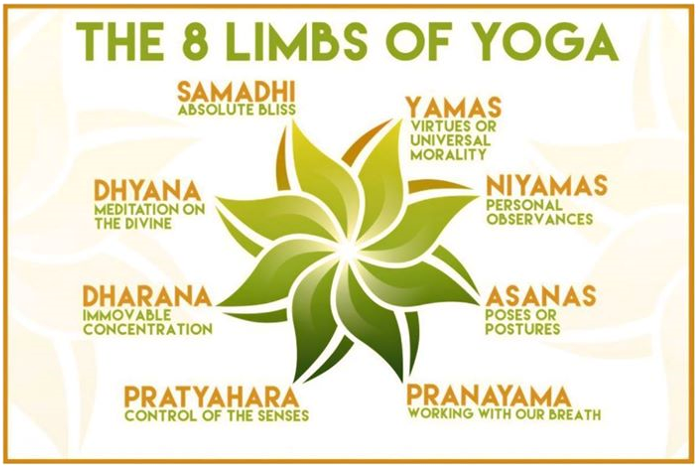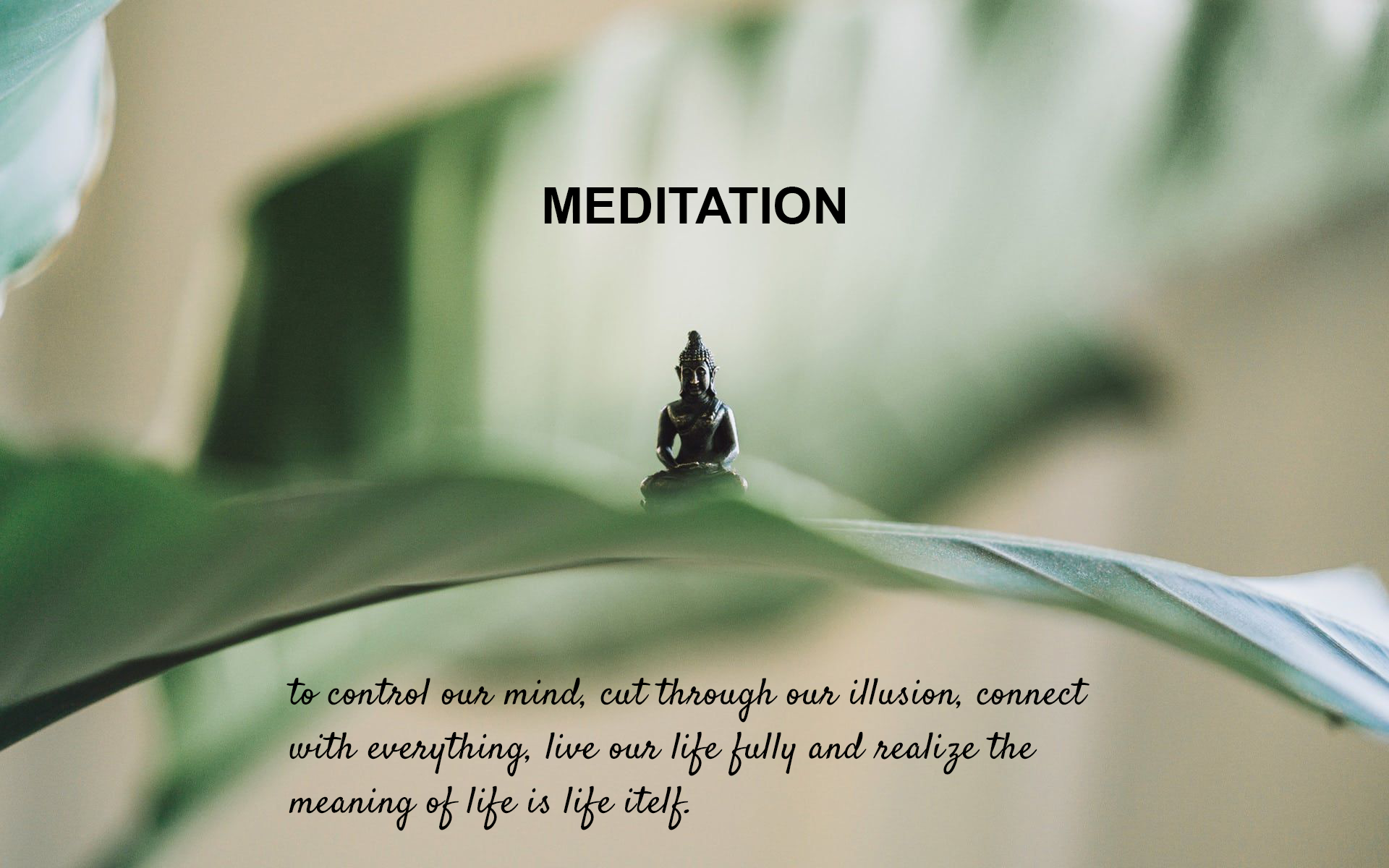YOGA & MEDITATION




Yoga is not only about asanas (postures) but a way of living, a holistic living and spiritual. Yoga means Union. Union within oneself (between Body mind and spirit), with all humanity, with nature, and with the Supreme Spirit. Through movements, through asanas, we balance our energy, created a balance environment for the mind and for the spirit. From that, we can experience higher conciousness and greater harmony.
As practitioners, we would like to share with you a complete understanding about yoga through the practice 8 limbs of yoga through yoga classes and workshops.
The Eight Limbs of Yoga are core principles that serve as a compass for living a meaningful and purposeful life.
1. Yamas
Yamas are ethical considerations to help guide interactions with others. There are five yamas. Nonviolence (Ahimsa), Truthfulness (Satya), Non-stealing (Asteya), Chastity and fidelity (Brahmacharya), Non-coveting (Aparigraha).
2. Niyamas
The Niyamas are practices that inform self-discipline and worldview. The maxims below generally reflect the essence of each Niyama:
Saucha: "Leave a place cleaner than you found it" (cleanliness)
Santosha: "Don't worry, be happy" (contentment)
Tapas: "When the going gets tough, the tough gets going" (willpower and self-discipline)
Svadhyaya: "Learn from your mistakes" (study of self and sacred scriptures)
lshvara Pranidhana: "Have faith" (surrender to the divine).
3. Asana
Asana refers to the physical postures practiced in yoga. Derived from the root word as in Sanskrit, which means seat, asana is designed to prepare the body and mind for seated meditation. The term asana refers to the ancient yogic tradition of taking a seat close to your teacher. Beyond the physical, asana refers to an outlook that life is full of opportunities to learn, even through obstacles: find the teacher in all things.
4. Pranayama
Breathing is the only bodily function that you perform consciously and unconsciously; it can be voluntary or involuntary. However, breathing patterns, such as a tendency to hold your breath, are indicators of mind and body health. Pranayama is the practice of consciously controlling the breath, of taking your breath back into your own lungs. In Sanskrit, prana is our vital life force, so pranayama is the cultivation and mindful use of life force. Pranayama leads to improved concentration, health, focus, clarity, creativity, purpose and compassion.

5. Pratyahara
Pratyahara is the practice of withdrawing from external stimuli to enhance internal awareness. Mindfully return to quiet through meditation and removal of distractions. Set aside 5-10 minutes each day to sit or lay quietly with your eyes closed. As your practice grows, your heightened sense of awareness leads to an ability to see things are they are, not as you are. Draw inward, not to silence your senses, but to quiet them enough to see beyond yourself.
6. Dharana
Dharana is the practice of intense concentration, usually focusing on one object, such as the flame of a candle or a picture of a deity. This practice trains the mind in stillness and focus. Start with just a few minutes each day and expand your practice as it serves you. If other thoughts or distractions flicker through your experience, recognize them then let them go.
7. Dhyana
Dhyana is the state of being keenly aware, yet without focus. It is awareness without judgment or attachment; it is peaceful, meditative and precedes complete bliss. It is otherwise known to artists and athletes as the flow state. Consider moments in your life where you were so engrossed in the present that you lost track of time or desire (even for food). The practice of yoga offers a return to this state.
8. Samadhi
Samadhi is a state of ecstasy. It is transcendence, connectivity with the divine, a coupling with the universe, and a mind-body integration of the concept that "all things are one."



